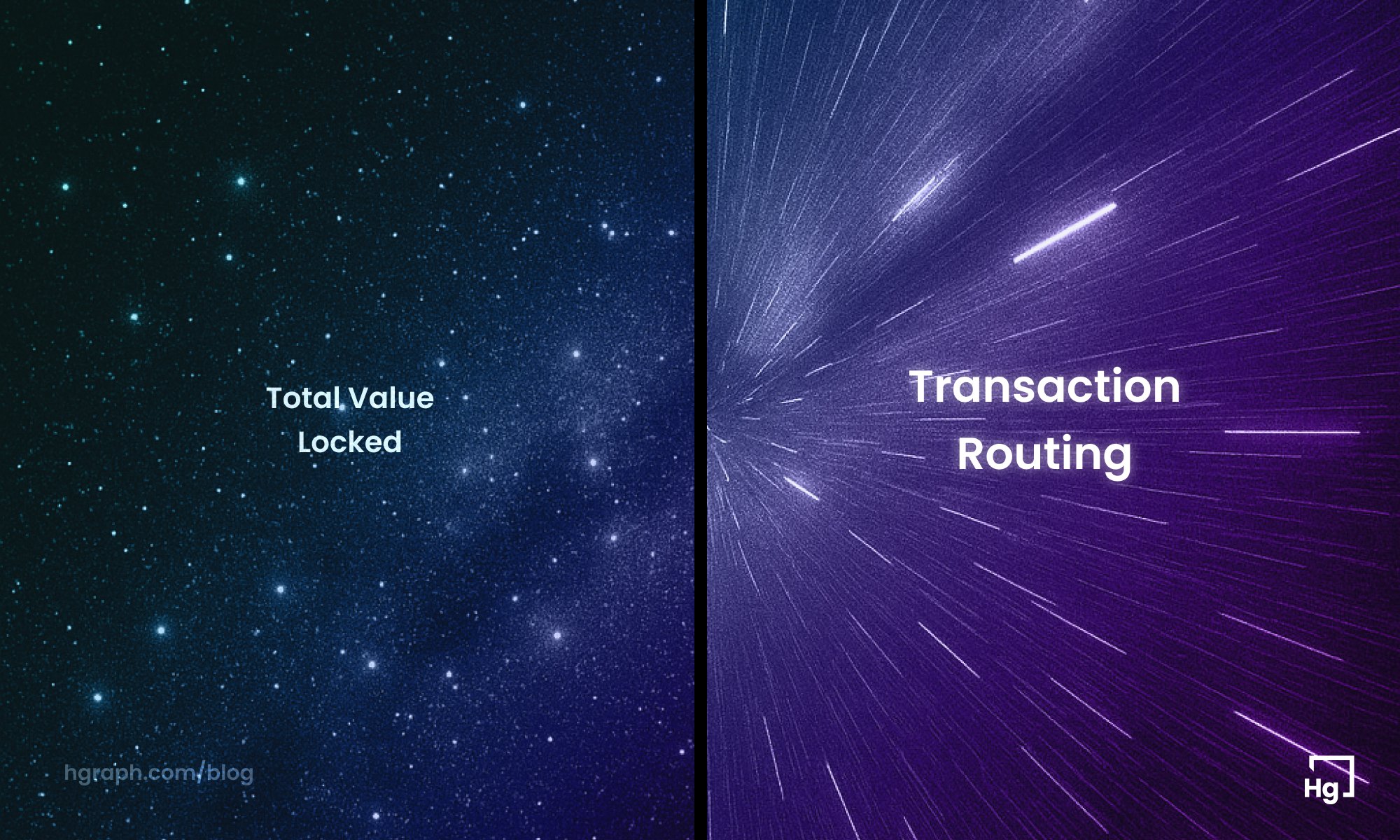
Announcing Hgraph's ERC Token Data Indexer for Hedera
ERC token metadata, balances, transfer history, and NFT ownership are now available through a single, familiar GraphQL endpoint that updates in real time. Hgraph makes querying ERC token data from the Hedera mirror node just as easy as querying HTS token data.

Expanding On-Chain Access: Ethereum Indexed Data Coming Soon to Hgraph
Hgraph will soon offer fully indexed Ethereum data via API, bringing the same clarity and performance our Hedera users rely on to one of the most active ecosystems in the blockchain industry.

Hgraph Develops Interoperability Solution in Collaboration with AP+ for Project Acacia
Under Project Acacia, Australian Payments Plus (AP+) is demonstrating how Australian stablecoins can function across different systems and payment environments. AP+ has partnered with Hgraph to build the bridging and interoperability layer that makes this possible.

Beyond TVL: Why Transaction Routing Defines the Next Era of DeFi
Total Value Locked shows where assets sit, but it reveals nothing about how effectively they move or create value. The future of DeFi belongs to systems that route liquidity with intelligence, turning static capital into dynamic economic energy.

Hgraph Acquires EtaSwap and Launches EtaFinance, Unifying Cross-Chain DeFi Infrastructure
Alongside the acquisition, Hgraph is introducing EtaFinance, a unified platform brand that brings together EtaBridge and EtaSwap into a cohesive ecosystem for stablecoin liquidity and cross-chain connectivity.

The Next Frontier for Digital Assets: Why Tokenization, Multi-Chain, and AI Will Redefine Finance
I arrived in cloudy Washington DC at Georgetown University’s Financial Markets Quality Conference. The campus, just a short drive from the White House, opened its doors to leaders from the Federal Reserve, SEC, CFTC, IMF, and the private sector. We were there to explore where markets are headed, with a focus on technology and transformation in financial markets.
